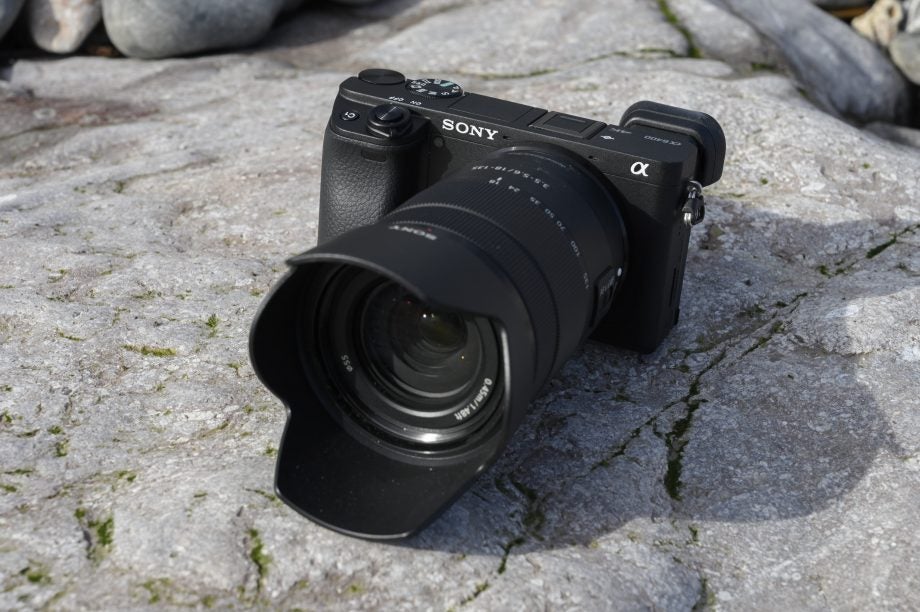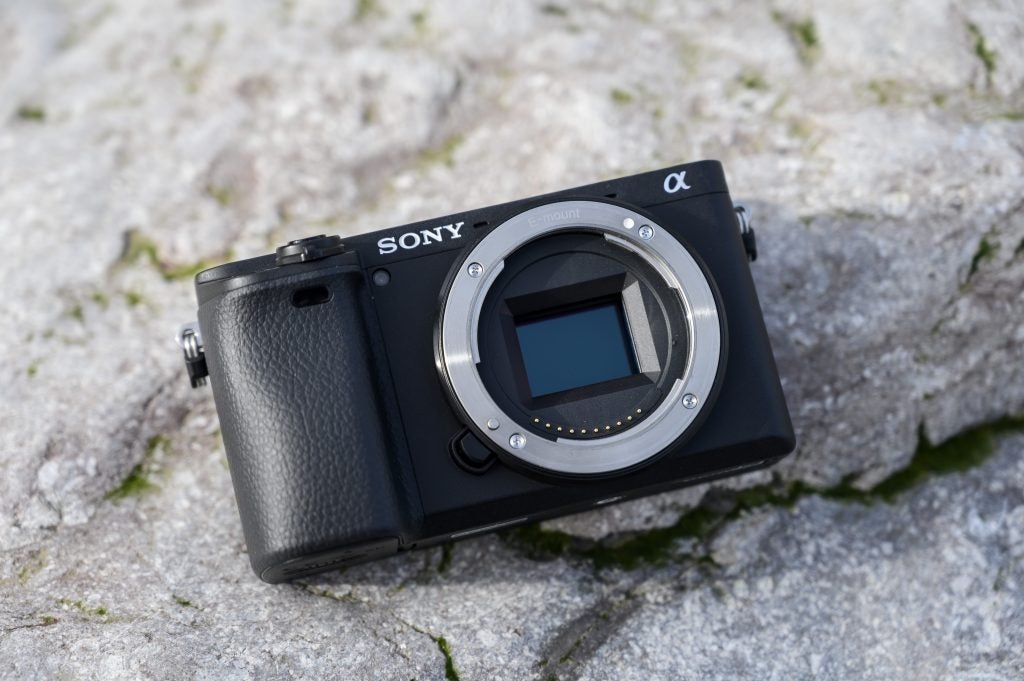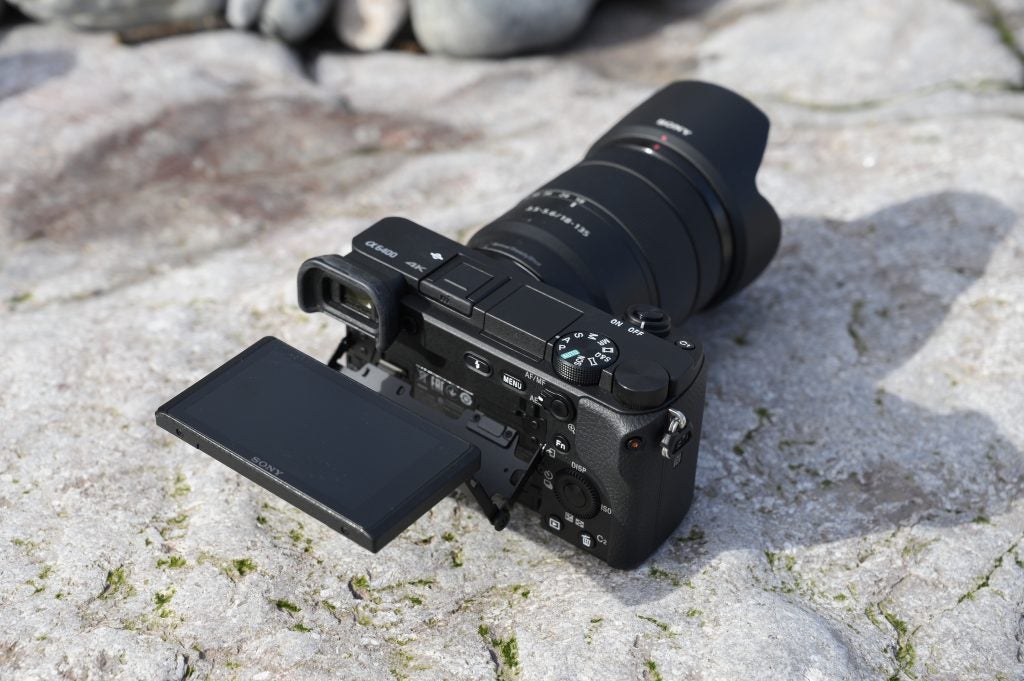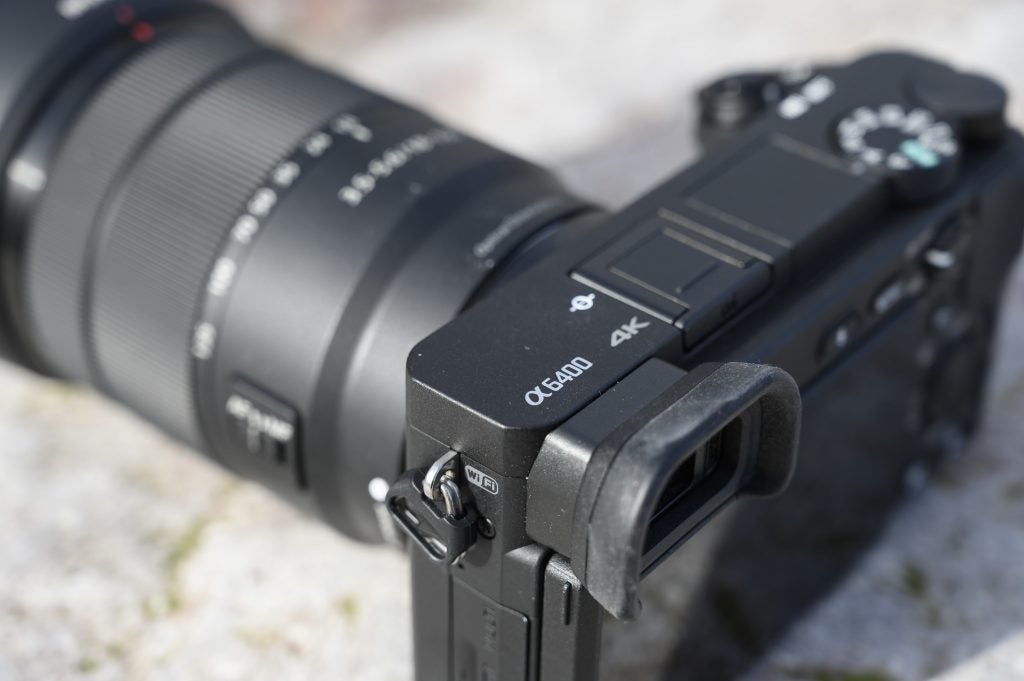Sony A6400 Review
Sony A6400 Review
A cracking all-rounder that falls just short of greatness

Verdict
The Sony A6400 offers fantastic specifications for the price and features. Highlights include excellent auto-focus tracking, a compact travel design and a diverse set of compatible accessories and lenses. Were it not for minor issues with its handling and battery life this would be one of the best mid-level mirrorless cameras around.
Pros
- Fantastic AF tracking
- Small size is great for travelling
- Good range of accessories and lenses
Cons
- Fiddly operation
- Limited battery life
- Viewfinder and screen using old technology
Key Specifications
- Review Price: £950 (body only)
- Sensor: 24.2-megapixel APS-C CMOS
- Screen: 3.0-inch wide TFT, 921,600 dots, touch-sensitive
- Viewfinder: 0.39-inch, 2,359,296 dots
- Video: 4K Continuous shooting: up to 11fps
- Native ISO: 100-32000
- Mount/lenses supported: E-mount
- Battery life: 360 shots
- Ports: micro-USB, microphone, HDMI micro-connector
- Weight/dimensions: 403g (with battery and memory card), 120 x 66.9 x 59.7
- Release date: February 2019
What is the Sony A6400?
Sony’s A6400 camera occupies a sort of middle-ground between its top-of-the-line a6500 model and the accessible, ultra-cheap a6000. It features an APS-C-sized sensor and is aimed at the enthusiast, budget-conscious photographer. Nevertheless, it inherits some great features from Sony’s full-frame lineup.
Replacing the a6300, the A6400’s headline upgrades come in the shape of its autofocus improvements. It has the same Bionz X processor as found in the flagship A9 full-frame model, while also bringing enhancements to Eye AF and subject tracking.
The A6400 also has a good set of specifications for the price point for those interested in video. It can shoot 4K movies at full-pixel readout and with no pixel binning for higher-quality filming. There’s also a range of different formats to suit the needs of different videographers, plus a 3.5mm port that you can use to attach an external microphone. Slow-motion video capture is also available in Full HD.
All of this combined suggests that, in theory, the A6400 should prove a superb all-rounder, adept for a number of different genres. Its compact size proposes that it might be a good choice for taking on travels, too.
Related: Best cameras

Sony A6400 – Design and features
The A6400 sports a flat, “rangefinder”-style design that remains pretty much unchanged since the a6000. Considering that camera made its debut in 2014, it’s certainly a design that’s tried and tested – although, arguably, starting to look a little tired.
On the top of the camera you’ll find a mode dial, which you can use to move between the various exposure modes the camera offers – including all the usual manual and semi-automatic options.
“MR” is a convenient option for grouping together frequently used settings. A secondary dial allows you to pick different functions depending on the shooting mode you’re in – for example, it can be used to adjust aperture in aperture priority.
Moving to the rear of the device, there are a relatively small number of buttons – but what you do have you can customise to your heart’s content. This is great if you like the camera to work in a specific way, but considering just how good this model is in other areas, options such as a joystick for moving the focus point, or buttons that aren’t quite so fiddly would have been welcome.
New to the A6400 is “My Dial”, which allows you to assign different functions to either the rear scrolling dial or the top-mounted control dial when holding one of the other buttons. It’s quite useful, but both the size and placement of the buttons and dials makes it a little awkward to use in practice.
As standard, the A6400 can be bought with either the 16-50mm f/3.5-5.6 “Power Zoom” kit lens, or the 18-135mm f/3.5-5.6 zoom lens – the latter of which we’ve been using for this test. Opting for the second lens makes the overall package much bulkier, but gives you the edge when it comes to flexibility – especially if you’re intending to use any of the functions suited to action photography.
Speaking of which, continuous shooting is available here at 11fps, with full autofocus when using the mechanical shutter. That puts the A6400 on a par with the more expensive Fujifilm X-T3, with the function super-handy for shooting fast-moving subjects. At this speed, it can shoot 116 JPEGs and 46 Raw files – a respectable number for a small and reasonably priced camera.
Related: Fujifilm X-T30 vs Sony A6400: which should you buy?

Sony A6400 – Screen and viewfinder
When it comes to screen and viewfinder specifications, the A6400 feels a little stale – although, by utilising what is starting to feel old probably helps to keep the price down.
The viewfinder sits in the top-left corner of the camera, rather than in a DSLR-like central hump. It offers 2359k-dots in a 0.39-inch device. That isn’t a bad design per se, but it starts to feel a little old hat when comparing it to some other – admittedly, more expensive – models on the market. Still, it’s sufficiently bright and provides a good view of the scene when you don’t want to use the screen.
A new feature for the A6400 is the screen’s ability to face all the way forward. You’ll first need to pull it out a little from the back of the camera to give it some clearance over the top of the viewfinder. It’s designed to be useful for video and selfie shooting, but it becomes less so if you attach anything to the hotshoe.
Although touch-sensitivity is included, this being a Sony, it remains rather limited. You can use it to set the autofocus point, fire off the shutter and for selecting subjects that you want to track. However, you can’t use it for moving around the many and varied quick or full menus. Neither can it be used for quite ordinary tasks such as flicking between images in playback, or zooming in to check focus.
Another issue is the screen’s 16:9 ratio. That’s great for shooting video, but when using it for stills in the standard 3:2, you’re left with a couple of unattractive black bars down either side of the frame.
Related: Best DSLR cameras
Sony A6400 – Performance
The key improvements to the A6400 – and the reason you might go for it over the likes of the a6000 – are to its autofocus performance.
It copes extremely well with sports and action, and although the form factor probably isn’t one you’ll want to use with extra-long sports lenses, for relatively close-unfolding action it’s a dream.
The new real-time AF functionality locks onto the target and keeps hold of it for sharp focus in the majority of shots in an 11fps burst. It copes best when the subject is following a reasonably predictable pattern, but is very impressive at this price point.
For now, Eye AF is limited to human subjects. It’s also a great performer and particularly useful for shooting moving portraits. A firmware upgrade will see Eye AF expanded to animal subjects in the summer – we can see this being even more useful since (most) animals don’t take too kindly to direction. That should make the A6400 a superb choice for safaris and the like, especially for those who would baulk at the price of Sony’s full-frame models.
In low light, focusing is more sluggish, sometimes taking a second or two to lock on to the target. Leaving the AF-assist lamp on helps matters, but if you need to switch that off in discreet settings then you might find you need to be a little more patient with the camera. It seems obvious that the promised “world’s fastest” speeds only apply when conditions are optimal, but it’s still rare for a false confirmation of focus to be displayed.
Sony A6400 – Image quality
On the whole, image quality is very good, and the camera is adept at producing pleasing images in a number of different lighting conditions.
Dynamic range is decent, offering up pleasing colours that stay on the right side of realistic. Under artificial lighting conditions, the A6400 copes well to produce accurate colours using the automatic white balance setting. On the whole, all-purpose metering works well to produce balanced exposures, only requiring you to hover over the exposure compensation dial in extreme contrast situations.
In well-lit conditions detail is excellent, with a good degree of sharpness and a fantastic overall impression when viewed at normal printing and web sizes. Examining at 100% reveals a little image smoothing in places, but no more than you’d expect from an APS-C sensor.
With higher ISOs, images remain usable throughout most of the sensitivity scale. At ISO 6400 its possible to see more image smoothing than you’d probably like, but if the image is likely to be used fairly small then it’s still more than workable.
Unfortunately, the A6400 doesn’t feature in-body image stabilisation. As such, if you’re using non-image-stabilised lenses, you’ll need to employ faster shutter speeds and higher ISOs to avoid blur. If you’re somebody who likes to do a lot of low-light shooting, you might want to turn your attention towards the a6500 instead.
Related: Sony A7S III: Everything we know so far

Colours are realistic but pleasingly well saturated in JPEGs directly from the camera

Dynamic range in JPEGs is impressive

Focusing is swift and accurate to allow you to grab quick shots such as this off the cuff

Picking up the A6400 with the 18-135mm leaves you with a bulkier overall device, but provides plenty of flexibility.

Shooting at higher ISOs reveals some image smoothing on close examination – but shots should be fine for social media sharing and the like


The wide-angle end of the 18-135mm lens provides much scope to capture plenty in the frame
Should I buy the Sony A6400?
Handling frustrations aside, the A6400 delivers the goods in a wide variety of situations. It’s particularly impressive when it comes to autofocus tracking, making it the ideal all-round performer for enthusiasts who like to shoot a variety of subjects.
Sony seems to be investing all of its time and energy into improving performance, without putting quite so much thought into how to operate the camera. Fiddly buttons and an under-utilisation of the touch-sensitive screen results in a camera that’s more awkward to use than it should be and could potentially be improved without too much effort. On the plus side, being able to customise the controls to your own preferred way of working is a bonus.
Design is also a little pedestrian, with a screen and viewfinder that do the job but don’t scream “wow”. Perhaps this is to be expected if you want to keep the price on the right side of affordable.
Verdict
If you’re after a camera that will cope with shooting a variety of subjects, Sony’s A6400 is an obvious choice, if you can learn to live with its less-than-perfect handling.
Sony A6400 – The rivals
Fujifilm X-T30
Demonstrating how to do looks and usability with aplomb, Fujifilm’s X-T30 is its latest mid-range offering. Like the A6400, it features an APS-C-sized sensor, and is ideally primed as a perfect travel camera. Autofocus performance isn’t quite at the same level as the A6400, but if you’re mainly shooting static subjects then this is likely to be less of an issue.
Read our Fujifilm X-T30 review
Canon EOS M50
Another APS-C camera, Canon may not have set the world alight with its M-series cameras, but the EOS M50 is a great travel camera, with a miniature DSLR-like body that’s great to use. Again, tracking autofocus isn’t up to par with the A6400, but very little is.
Read our Canon EOS M50 review

